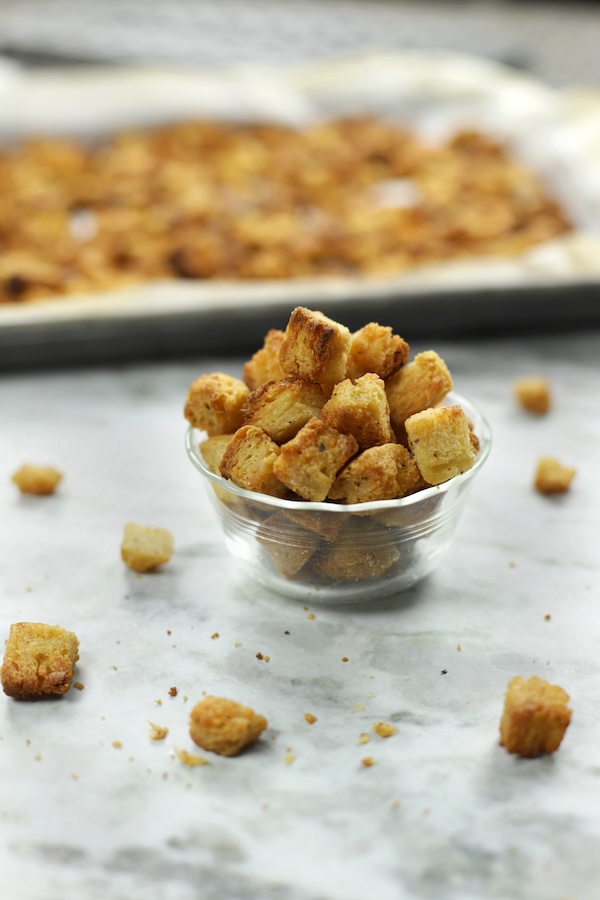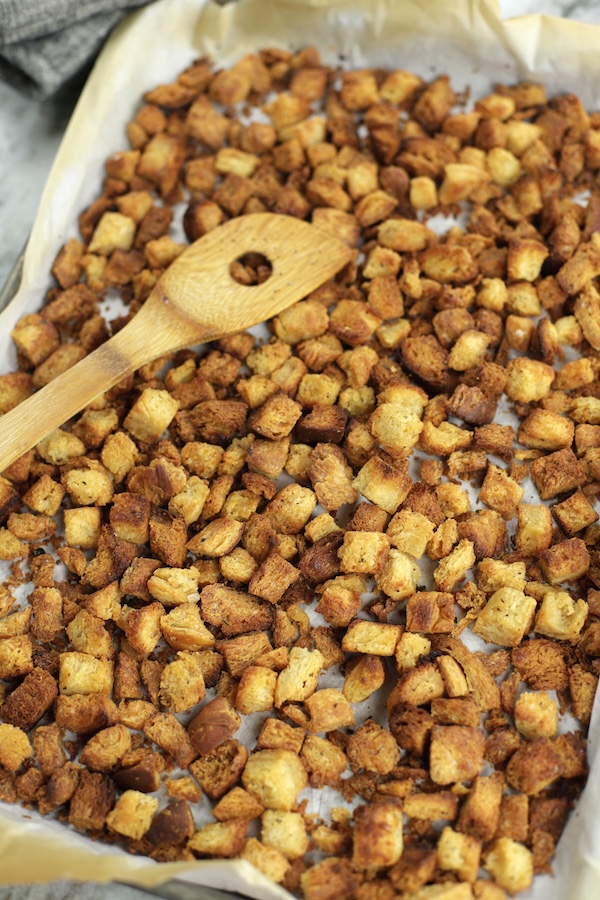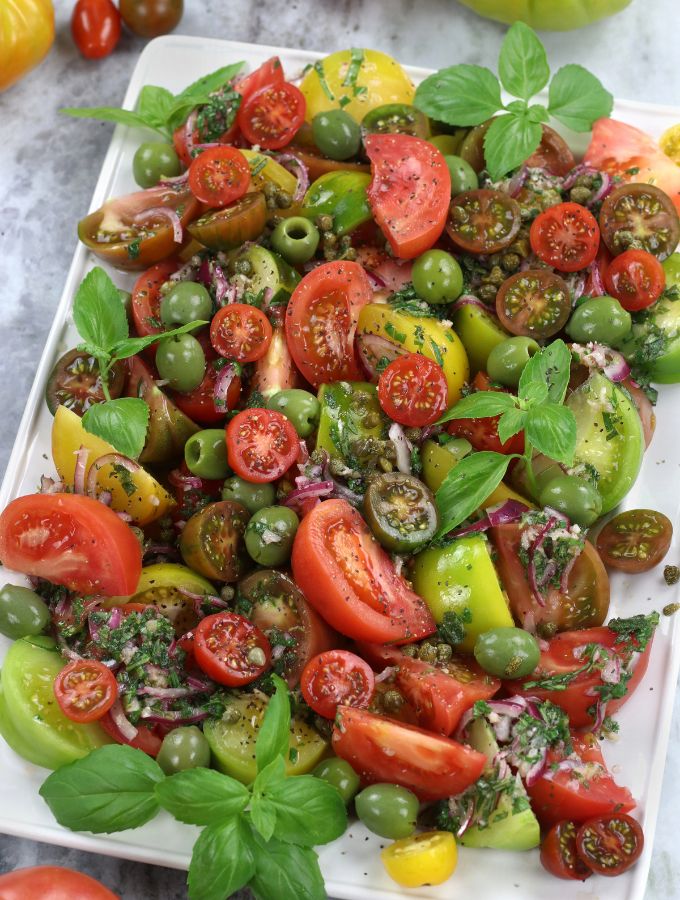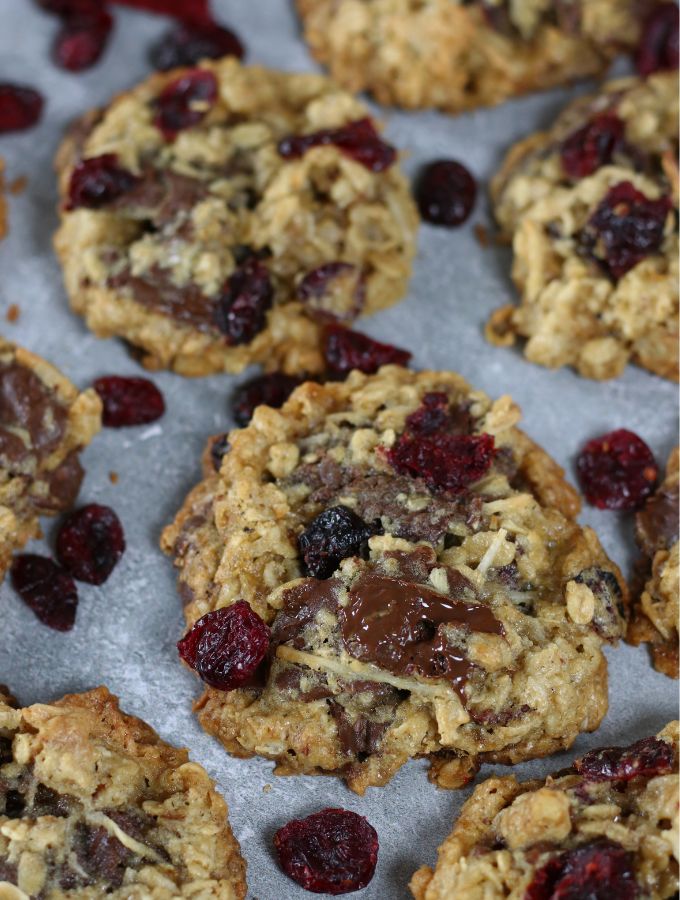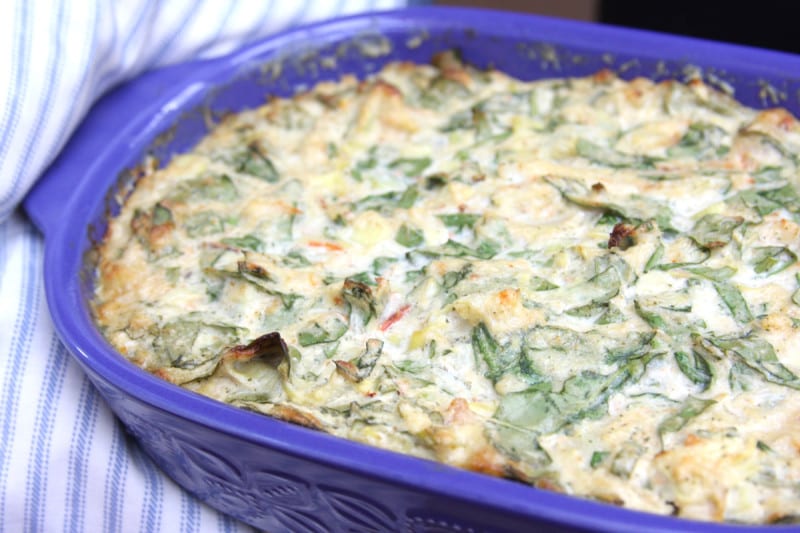Sourdough Croutons
Sourdough croutons are golden, crunchy bites bursting with the rich, tangy flavor unique to sourdough. For a lighter, airier texture, use Soft Sourdough Bread; for a heartier crunch, go with Sourdough Baguettes. These easy croutons bring an irresistible crispy texture to salads, soups, or even as a savory snack on their own.
This post may contain affiliate links, meaning I earn a small commission if you make a purchase—at no extra cost to you. Additionally, AI was used to assist with spelling, grammar, sentence clarity, and creative brainstorming.
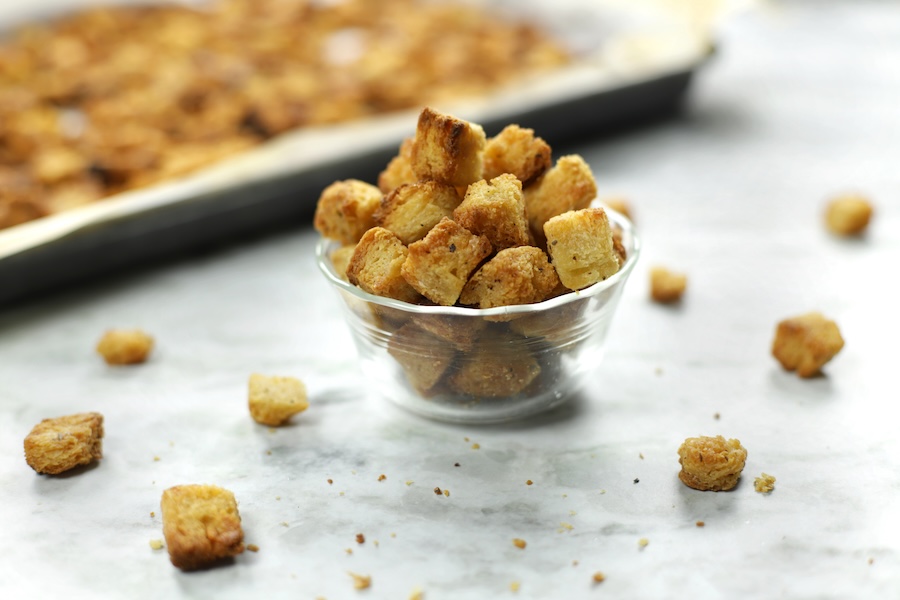
Best Types of Sourdough for Making Croutons
When choosing the best type of sourdough for making croutons, it really comes down to personal preference and the texture you’re aiming for.
If you love croutons with a lighter, melt-in-your-mouth crunch, Soft Sourdough Bread is the way to go. Its airy structure crisps up beautifully, giving you croutons with a delicate texture that adds a delightful crunch without feeling too dense.
On the other hand, sturdier sourdough bread such as Sourdough Baguettes are perfect for those who enjoy croutons with a heartier bite and robust flavor. The denser crumb holds up well to soups and salads, staying crisp longer and soaking up flavors without turning soggy.
Tips for Achieving the Perfect Crunch
- If possible, start with sourdough that’s slightly stale. This helps the bread dry out faster in the oven, giving you that satisfying crunch without the risk of burning.
- For consistent texture, cut your bread into uniform cubes. This ensures each piece bakes evenly and results in a balanced crunch.
- Toss the sourdough cubes well in the oil and seasoning to ensure even coating.
- Arrange the sourdough cubes in a single, even layer on the baking sheet to prevent overcrowding. Too many pieces together can trap steam, leading to uneven crisping—some croutons may turn soft while others over-brown. For best results with a 2-pound loaf, use two rimmed baking sheets. If you only have one, expect a longer baking time and be sure to stir the croutons several times during baking for even crisping.
- Let your croutons cool completely before storing. This will ensure they stay crisp and maintain their perfect crunch, preventing any trapped moisture from making them soggy.
Ingredients Needed
- Sourdough Bread– Other types of bread can be used but sourdough provides a tangy flavor and chewy texture that crisps well. Use day-old bread for better absorption of oil and seasonings without becoming soggy.
- Extra Virgin Olive Oil– Olive oil binds the seasonings to the bread, promoting crispness and adding a rich, fruity flavor. Opt for extra virgin olive oil in dark glass bottles with a harvest date on the label. High-quality oils should have a fresh, peppery finish with grassy or fruity notes. Look for certified options for assured quality.
- Seasonings– Adds aromatic depth, making croutons even more delicious. Mix seasonings into the olive oil before tossing to ensure even coating. Check the Variations section below for different seasoning ideas.
Variations
- Dried Thyme or Rosemary (1 tsp)– Great for chicken, Caesar, Mediterranean, or holiday salads.
- Smoked Paprika (1/2-1 tsp)– Ideal for Southwest-style salads.
- Black Pepper, White Pepper or Cayenne Pepper (1/2 tsp or 1/4 tsp)– Adds a kick for green or spicy salads.
- Dried Parsley (2 tsp)– Works well with Greek or garden salads.
- Italian Seasoning (1 tsp)– Pairs with antipasto or pasta salads.
- Parmesan Cheese (2 tbsp, grated)– Adds savory depth to any salad.
- Bread Options– Use ciabatta, baguette, or whole wheat for varied textures and flavors.
Frequently Asked Questions
Can butter be used in place of oil?
Yes, butter can be used for a richer flavor, but it may lead to slightly softer croutons. Mix melted butter with seasonings before tossing with the bread for even coating.
Should stale or fresh bread be used for these croutons?
Stale bread is ideal for croutons as it absorbs oil and seasonings well and is easier to cut into cubes. If using fresh Soft Sourdough Bread, slice it evenly and freeze the slices on a baking sheet for 15-20 minutes to firm them up. This helps ensure clean, even cuts without tearing. Once slightly firm, cube the bread for even baking.
Why do my croutons come out chewy instead of crispy?
Croutons can come out chewy if not baked long enough. Make sure to spread them out evenly and stir halfway through baking for even crisping.
How do I prevent the croutons from burning?
To prevent croutons from burning, bake them at a moderate temperature and stir halfway through. Keep a close eye on them during the final minutes, as they can brown quickly.
What is the ideal size for croutons and how will that affect baking?
The ideal size of croutons for salads is 1/2 to 3/4 inch cubes. Smaller croutons bake faster and crisp up quickly, while larger ones take longer to crisp but are perfect for absorbing soups and stews. Adjust baking time as needed for even results.
Outside of sourdough, what are other types of bread that can be used for this recipe?
Other great bread types for croutons include French baguette, ciabatta, focaccia, and rustic whole wheat. These breads offer great texture and flavor for crunchy croutons. Ultimately, the choice comes down to personal preference.

Sourdough Croutons
Ingredients
- 2 pound Soft Sourdough Bread *see Note #1 below
- 2/3 cup extra virgin olive oil
- 3/4 teaspoon onion powder #see Note #2 below
- 3/4 teaspoon garlic powder
- 3/4 teaspoon salt
Instructions
- Preheat oven to 375℉.
- Cut the bread into slices, then into bite-sized cubes, ensuring they are roughly the same size for even baking.
- In a large bowl combine oil and seasonings. Whisk until well combined.
- Add the bread cubes to the oil mixture and toss thoroughly to coat each piece evenly.
- Line two large, rimmed baking sheets with parchment paper. Divide the bread cubes between the trays, spreading them in a single layer. (Parchment paper helps to prevent the croutons from sticking and makes for easier clean up.)
- Bake for 15-20 minutes, or until golden brown and crispy, stirring halfway through for even baking.
- Cool completely on the baking sheet before using or storing. Store in an airtight container for up to one week.
Notes
- 1 pound Soft Sourdough Bread
- 1/3 cup extra virgin olive oil
- 1/2 teaspoon onion powder
- 1/2 teaspoon garlic powder
- 1/2 teaspoon salt
- 1 teaspoon dried thyme– Wonderful on chicken salads, Caesar salads or hearty bean salads.
- 1 teaspoon dried rosemary– Great for Mediterranean salads or salads during the holidays.
- 1/2-1 teaspoon smoked paprika– Perfect for Southwest-style salads with corn, black beans, avocado and a lime-based dressing.
- 1/2 teaspoon black pepper– Adds a nice peppery kick to simple green salads.
- 1/4 teaspoon cayenne pepper– Ideal for spicy chicken salads or Mexican-inspired salads that feature grilled proteins, avocado, and cilantro. The heat adds an exciting contrast to creamy or fresh ingredients.
- 2 teaspoons dried parsley– Works well with light, refreshing salads like a Greek salad or garden salad, as parsley brings a subtle, clean herbaceousness that complements lighter dressings.
- 1 teaspoon Italian seasoning– Pairs wonderfully with antipasto salads or pasta salads, particularly those that include cured meats, cheeses, and a vinaigrette dressing, reinforcing the Italian flavors.
- 2 tablespoons parmesan cheese (ideally freshly grated Parmigiano Reggiano)– Perfect for a variety of salads, adding a savory depth that enhances both creamy and tangy flavors.

